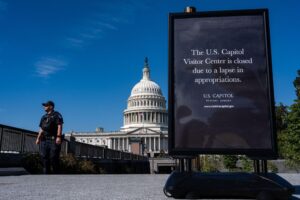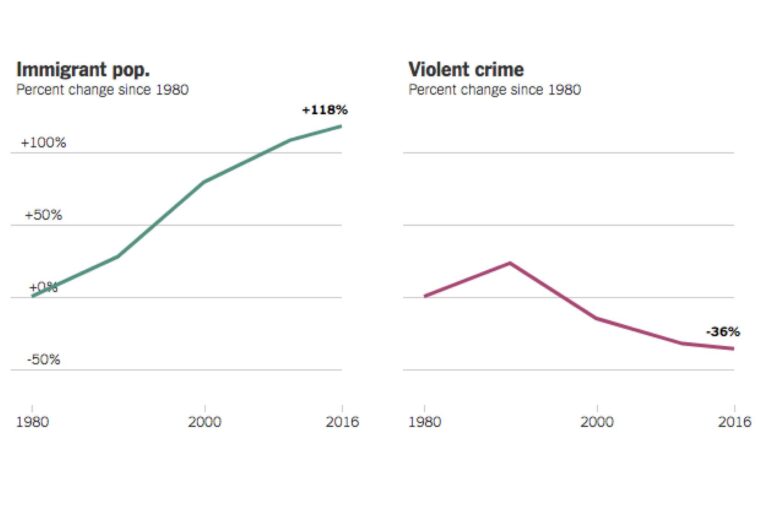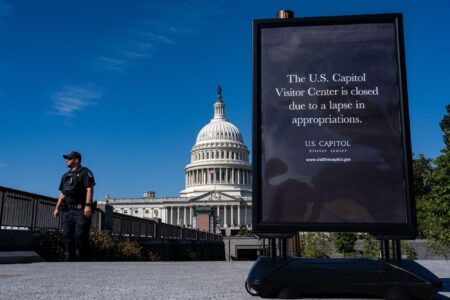Unveiling the Realities of Illegal Immigration and Crime in the U.S.
Examining Crime Statistics Among Immigrant Populations
In the ongoing discourse surrounding illegal immigration in the United States, a frequent claim is that undocumented immigrants contribute disproportionately to criminal activity. However, extensive research and statistical evidence from authoritative institutions such as the Department of Justice and independent think tanks like the Migration Policy Institute reveal a contrasting narrative. Data consistently indicate that undocumented immigrants have lower rates of criminal involvement compared to native-born Americans.
Recent studies highlight several important trends:
- Immigrant groups, including those without legal status, show significantly lower incarceration rates than U.S.-born citizens.
- Communities with larger immigrant populations often experience declines in violent crime over extended periods.
- The economic participation of immigrants fosters community resilience, which indirectly supports reductions in crime.
| Demographic Group | Incarceration Rate (per 100,000) | Violent Crime Rate (%) |
|---|---|---|
| U.S.-Born Residents | 460 | 5.1 |
| Authorized Immigrants | 310 | 3.6 |
| Undocumented Immigrants | 200 | 2.5 |
Dispelling Misconceptions About Illegal Immigration and Public Safety
A widespread myth suggests that undocumented immigrants are a primary driver of crime and social disorder. Contrarily, comprehensive analyses from the Bureau of Justice Statistics and other research bodies demonstrate that neighborhoods with higher immigrant densities often report lower violent crime rates than those with fewer immigrants. This evidence challenges the stereotype that illegal immigration inherently leads to increased criminality.
Another common fallacy is that undocumented immigrants place an excessive burden on public resources. In truth, many undocumented individuals contribute substantially to local and federal tax revenues, including sales, property, and income taxes, despite often being ineligible for many public benefits. For instance, a 2023 report from the Institute on Taxation and Economic Policy estimated that undocumented immigrants contribute over $14 billion annually in state and local taxes nationwide.
| Category | Estimated Contribution | Relative Public Service Usage |
|---|---|---|
| Tax Payments | $14 billion per year | – |
| Healthcare Expenditures | – | Below average compared to native-born |
| Education Costs | – | Primarily for citizen children |
- Fiscal contributions: Many undocumented immigrants pay into Social Security and Medicare systems without eligibility for benefits.
- Lower welfare dependency: Research shows undocumented immigrants utilize public assistance programs less frequently than native-born populations.
- Labor market roles: They often occupy essential positions in agriculture, hospitality, and construction sectors.
Socioeconomic Influences on Crime Within Immigrant Communities
Crime rates in immigrant neighborhoods are often shaped more by socioeconomic conditions than by immigration status itself. Factors such as poverty, limited educational opportunities, and economic exclusion create environments where criminal behavior may be more likely. Many immigrants face systemic challenges including underemployment and restricted access to social services, which can exacerbate financial instability and social marginalization.
Addressing these root causes is vital for effective crime reduction strategies. Key areas of focus include:
- Education and vocational training: Improving access to quality education and skill development opens doors to stable employment.
- Community cohesion: Building trust and cooperation between residents and law enforcement enhances public safety.
- Social support services: Expanding healthcare, housing assistance, and legal aid reduces vulnerabilities that can lead to crime.
| Socioeconomic Factor | Effect on Crime | Recommended Intervention |
|---|---|---|
| Economic Hardship | Heightened desperation and risk-taking | Targeted financial aid and job creation programs |
| Educational Barriers | Limited prospects increase vulnerability | Access to scholarships and quality schooling |
| Social Disconnection | Weakened neighborhood bonds | Community-building and outreach initiatives |
Strategic Policy Approaches for Enhancing Safety and Immigration Reform
Improving public safety while addressing immigration challenges requires a balanced, evidence-based approach. Law enforcement agencies at all levels should adopt intelligence-led policing that focuses on serious offenders rather than broad enforcement tactics that alienate immigrant communities. Simultaneously, immigration policies must be modernized to streamline legal entry processes, reducing the incentives for unauthorized migration.
Policy experts advocate for several key reforms:
- Expanding legal immigration channels: Increasing availability of work visas and asylum options to diminish illegal crossings.
- Community policing programs: Encouraging collaboration between law enforcement and immigrant residents to build trust and improve crime reporting.
- Enhanced data collection: Improving the accuracy of crime and immigration statistics to inform policy decisions.
- Reforming detention policies: Prioritizing resources for detaining dangerous criminals rather than nonviolent undocumented migrants.
| Policy Focus | Proposed Change | Expected Outcome |
|---|---|---|
| Visa Systems | Expanded and expedited processing | Lower rates of unauthorized border crossings |
| Law Enforcement | Targeted intelligence sharing | More effective crime prevention |
| Community Relations | Local engagement initiatives | Increased trust and cooperation |
Looking Ahead: A Balanced Perspective on Immigration and Crime
In summary, the connection between illegal immigration and crime is far more intricate than popular narratives suggest. Empirical evidence consistently shows that undocumented immigrants are not more likely to engage in criminal conduct than native-born Americans. As public debate continues, it is essential to ground discussions in factual data and comprehensive analysis rather than fear-driven rhetoric. Ongoing monitoring and transparent reporting will be crucial in shaping informed policies that promote both public safety and fair immigration practices.







